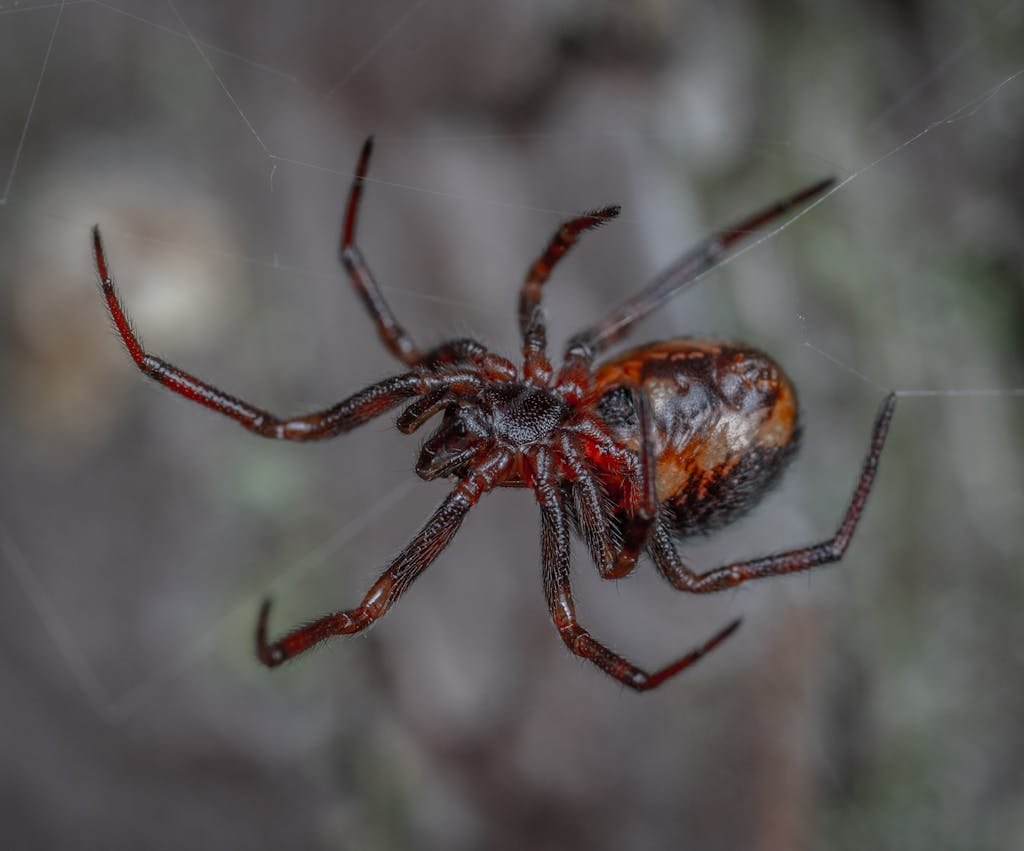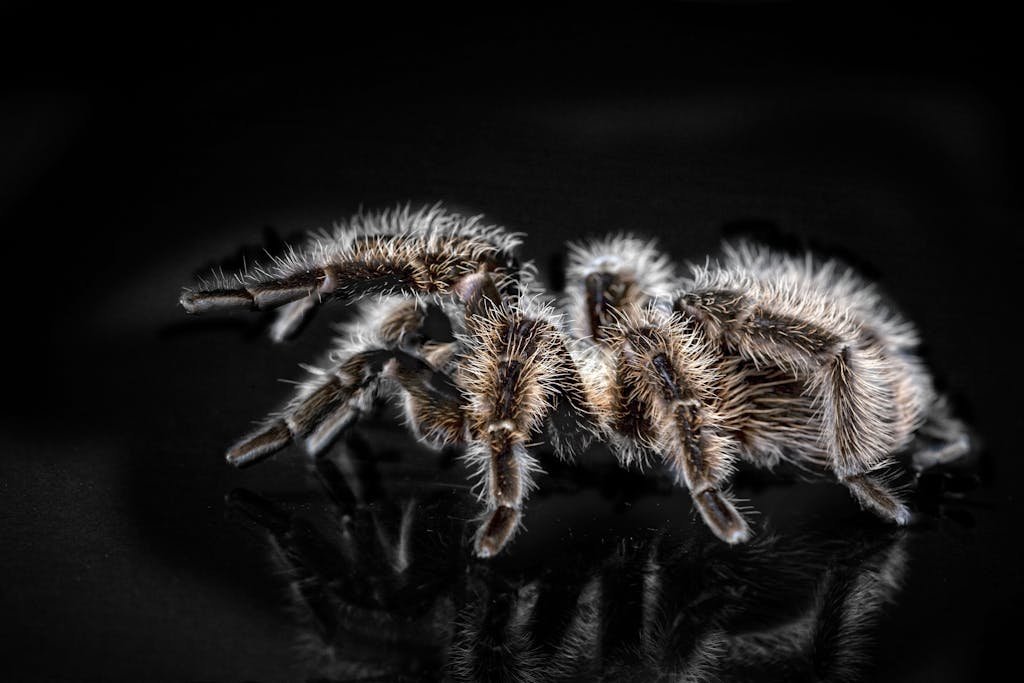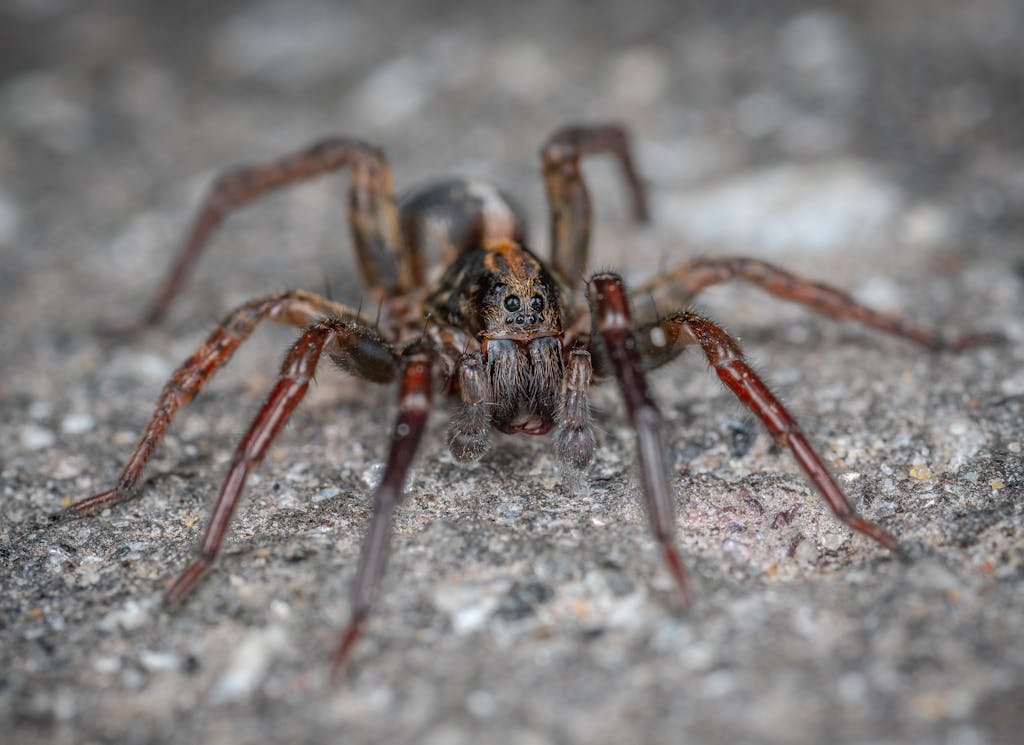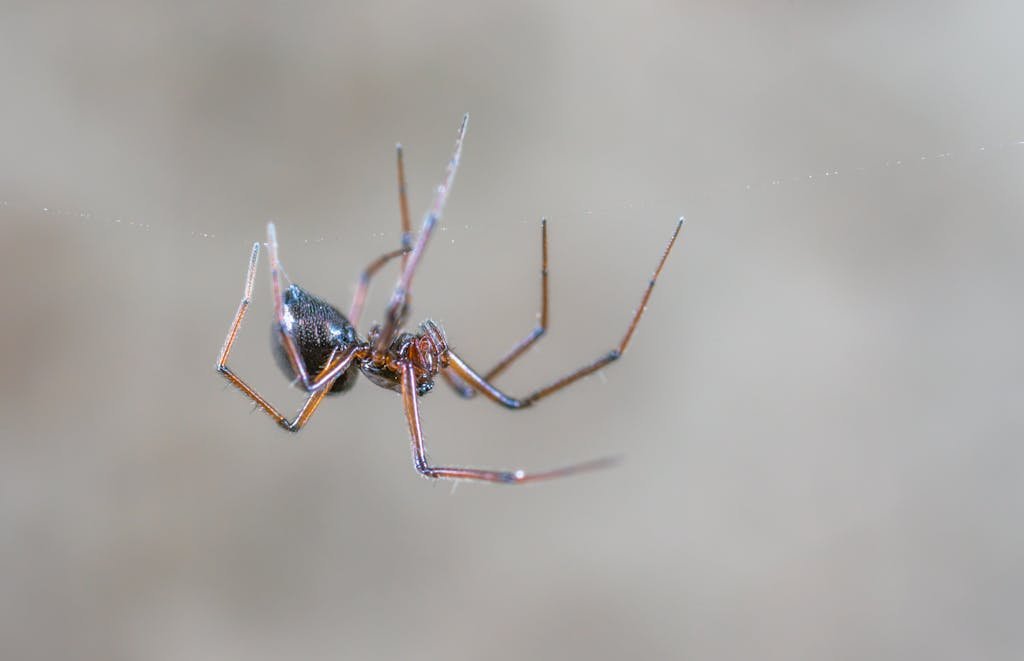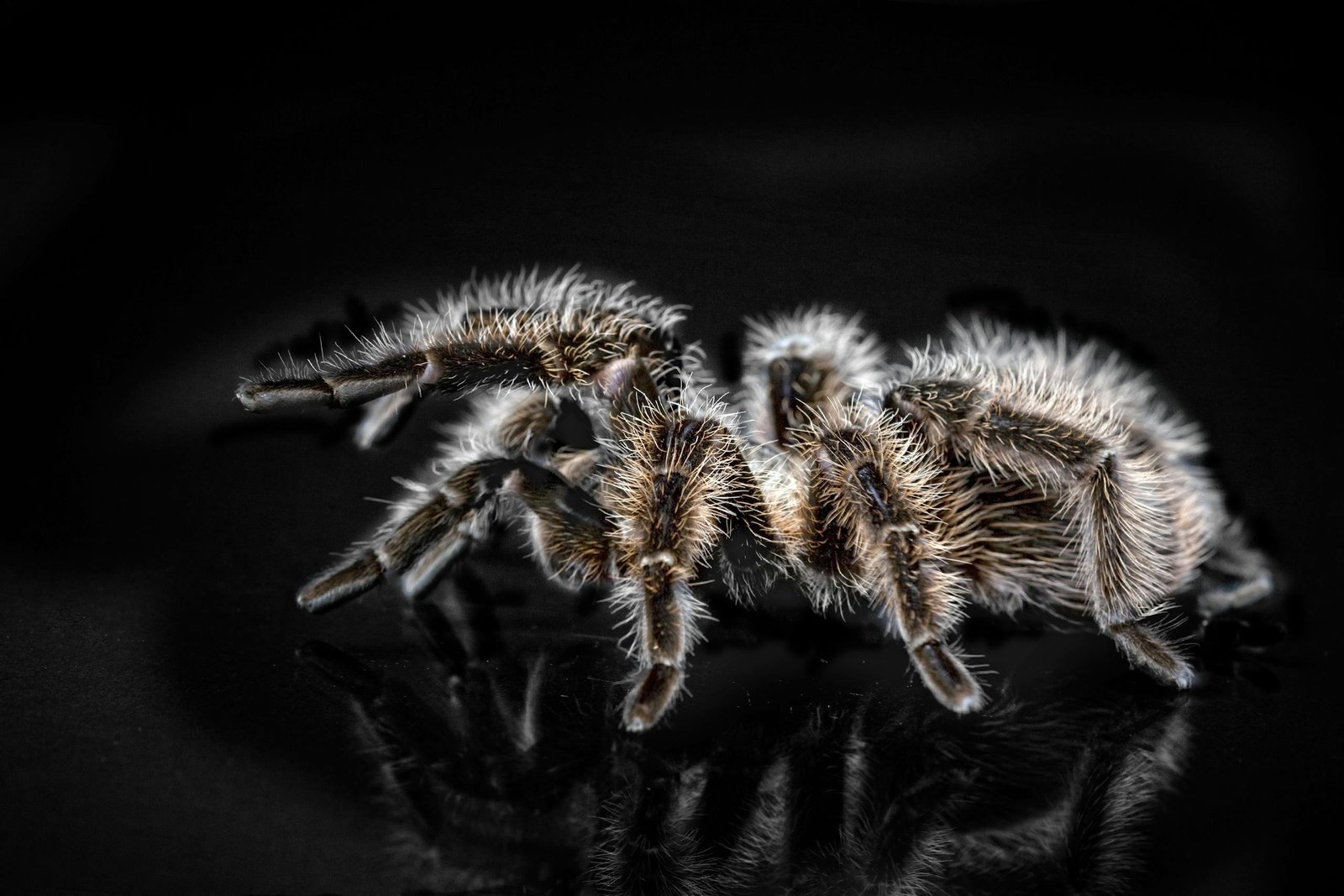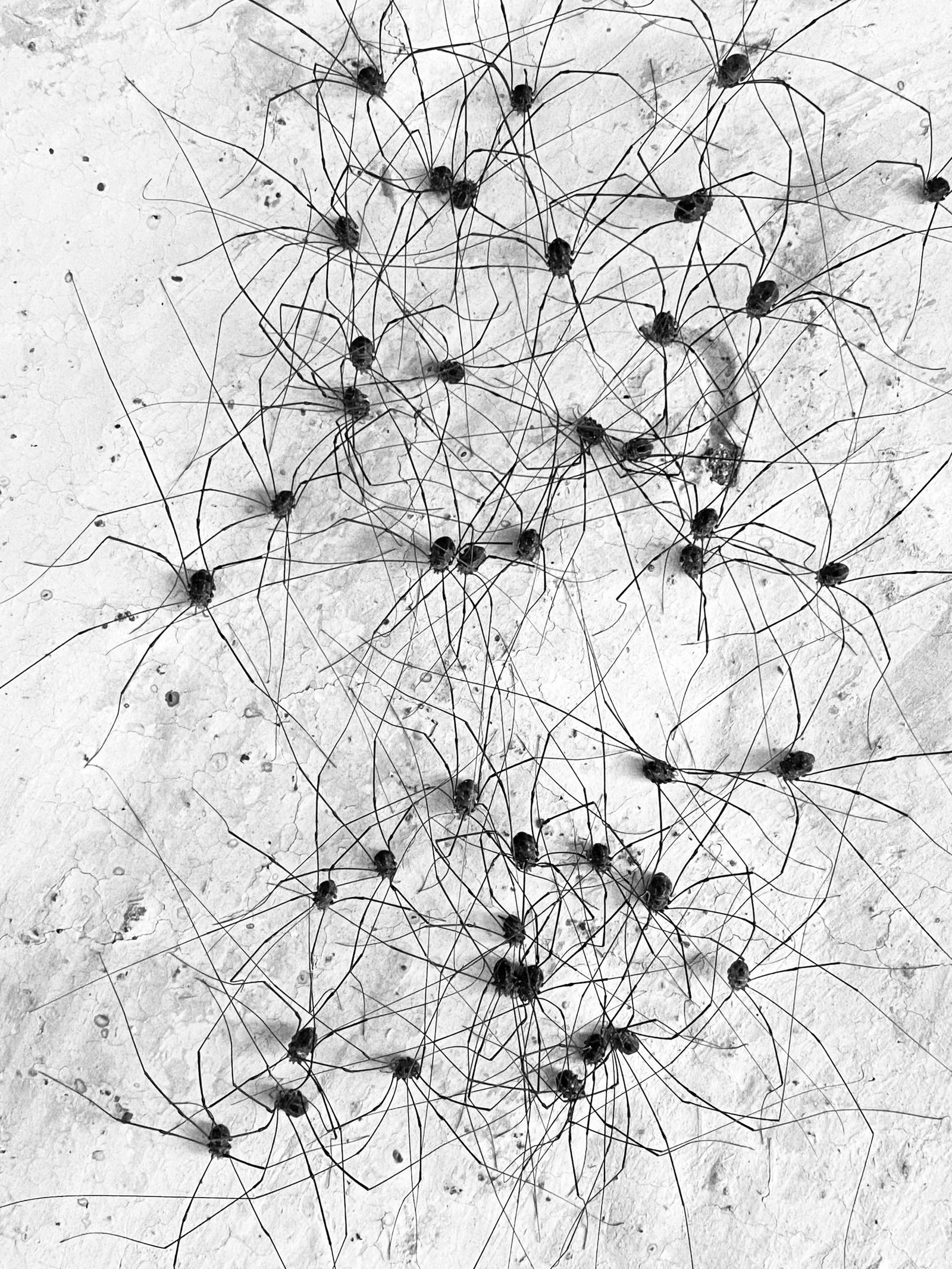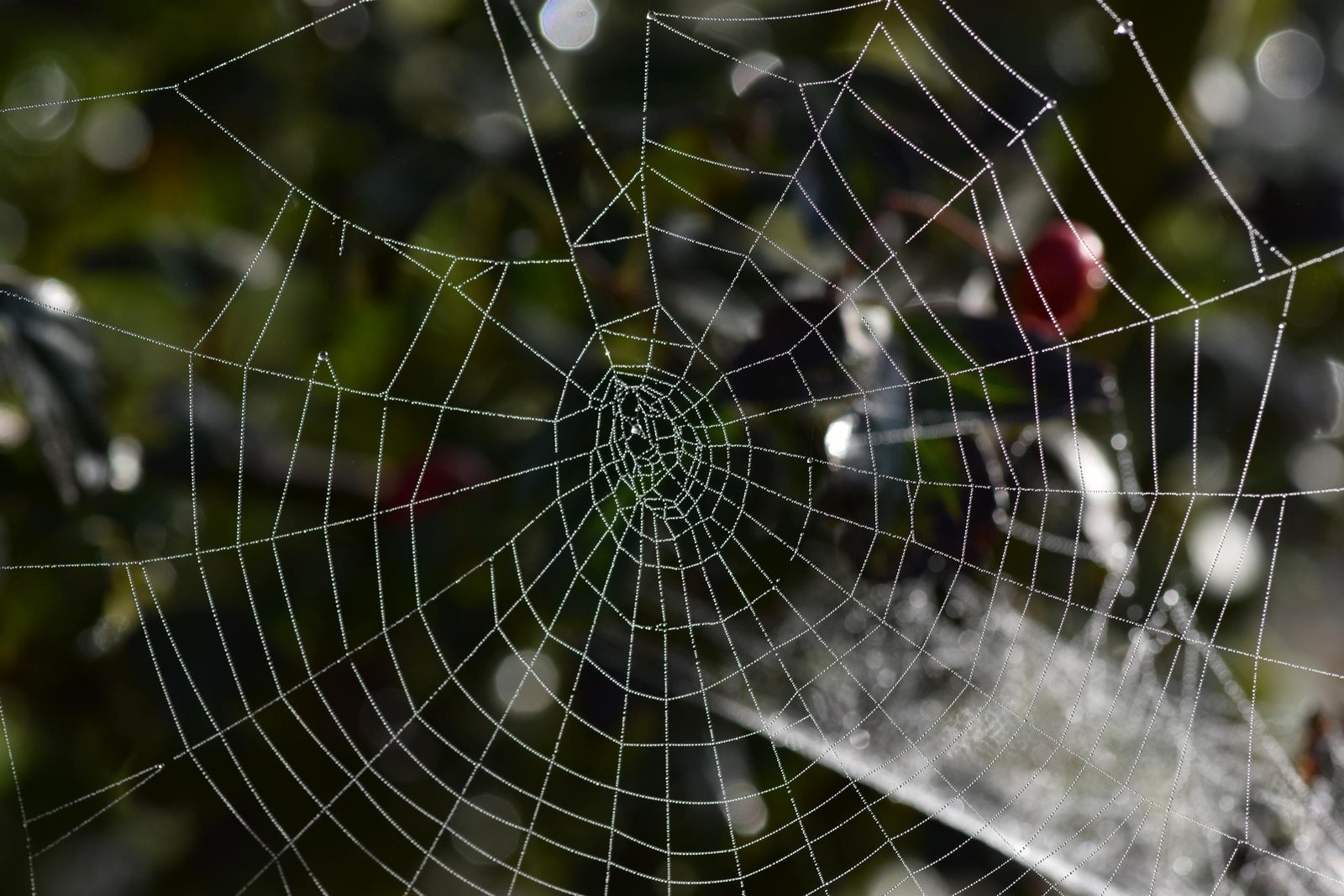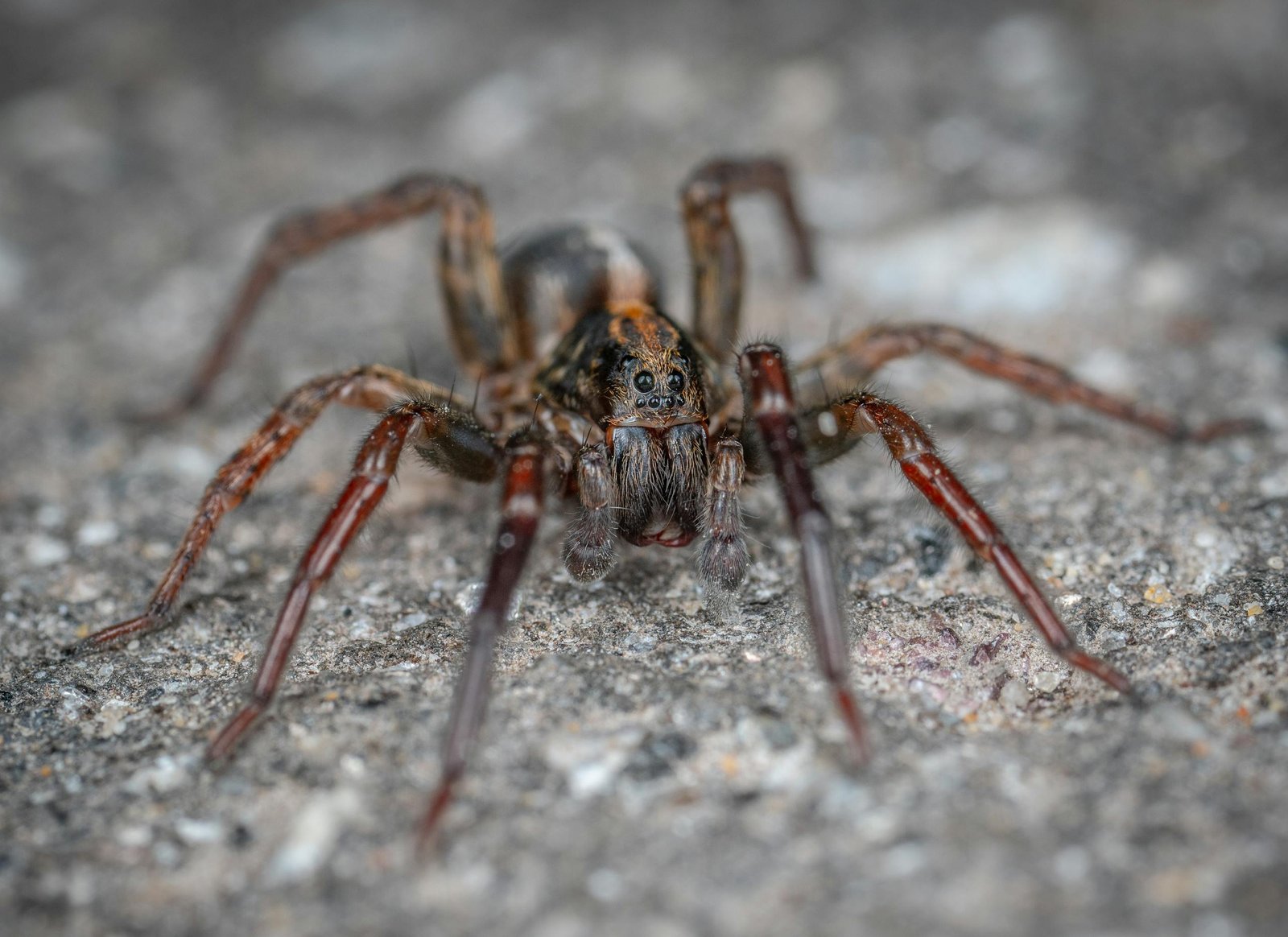Spiders
Spiders are arachnids commonly found in homes, gardens, and other environments. They are beneficial predators, feeding on a variety of insects and helping to control other pest populations. However, some spider species can become unwanted indoor guests, and a few are venomous, posing risks to humans.
Appearance
Spiders vary widely in size, color, and shape, but they all have eight legs, two body segments, and fangs capable of delivering venom. Common house spiders are usually small and brown, while more notable species like the black widow or brown recluse are identifiable by specific markings.
Life Stages
Spiders have three main life stages: egg, spiderling (juvenile), and adult. Females lay egg sacs that can contain dozens to hundreds of eggs. After hatching, spiderlings undergo several molts before reaching adulthood. Most spider species have a lifespan ranging from 1 to 2 years, though some can live longer.
Seasonal Activity
Spiders are generally more visible during warmer months when they are actively hunting for prey. However, they may move indoors during colder months seeking warmth and shelter, making fall and winter prime times for indoor sightings.
Dangers and Risks
While most spiders are harmless, a few species, like the black widow and brown recluse, have venom that can cause serious health issues, including muscle pain, nausea, and necrosis at the bite site. Most spider bites, however, only cause mild irritation or redness.
Property Damage: Spiders do not cause direct damage to property, but their webs can create an unsightly appearance, especially in corners, basements, and attics. Large infestations may indicate other pest issues that attract spiders.
Prevention and Control Tips
This section should include signs to watch for, simple DIY methods, and preventive measures to protect homes or properties from pests.
Prevention Methods
Keep clutter to a minimum, especially in basements, attics, and garages. Seal cracks and gaps around windows, doors, and foundations to prevent entry. Regularly clean webs and vacuum corners where spiders tend to hide.
Signs of Infestation
Look for webs in undisturbed areas, like basements and corners. Spotting multiple spiders or egg sacs could indicate a growing infestation.
DIY Measures
Use sticky traps in dark areas where spiders are commonly seen. Apply insecticides in cracks and crevices if needed. Use natural deterrents like essential oils (peppermint, tea tree) to discourage spiders.
When to Contact a Professional
Seek professional help if you encounter venomous species or if there is a persistent infestation despite DIY efforts.
Trap Kill’s Approach to Control
Customized Treatment Plans:
Trap Kill employs a strategic combination of targeted insecticides, exclusion techniques, and habitat modification to manage spider populations. We focus on reducing spider habitats and controlling food sources like insects.
Certified, Eco-Friendly Solutions:
We use certified, eco-friendly products that effectively target spiders while being safe for families and pets. Regular monitoring and follow-up visits ensure that spiders do not return.
